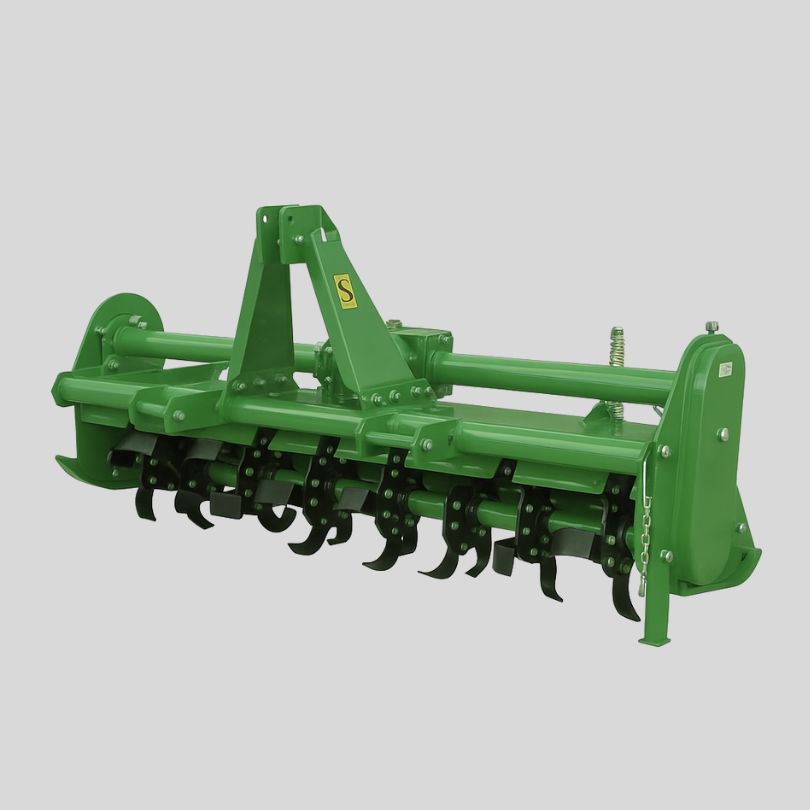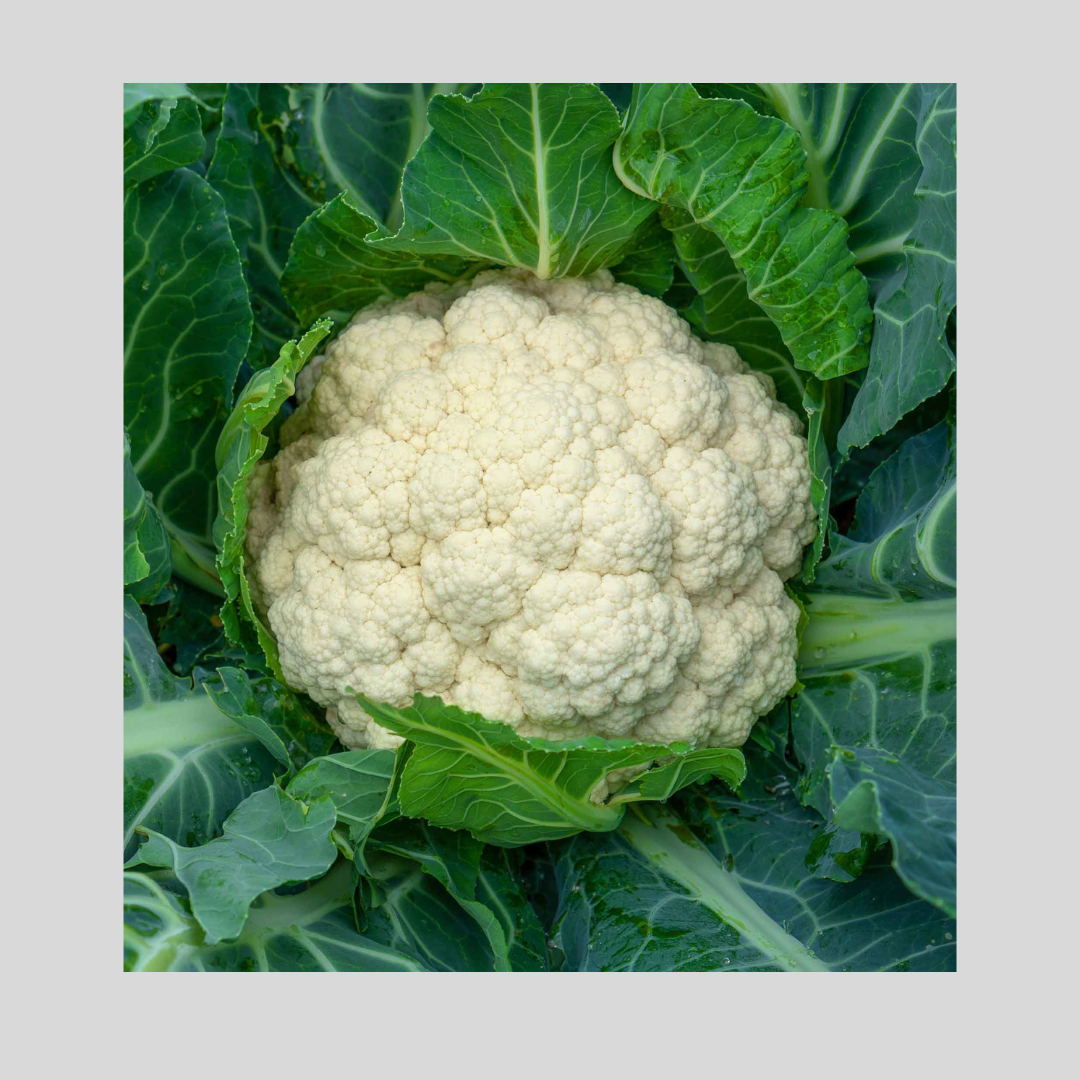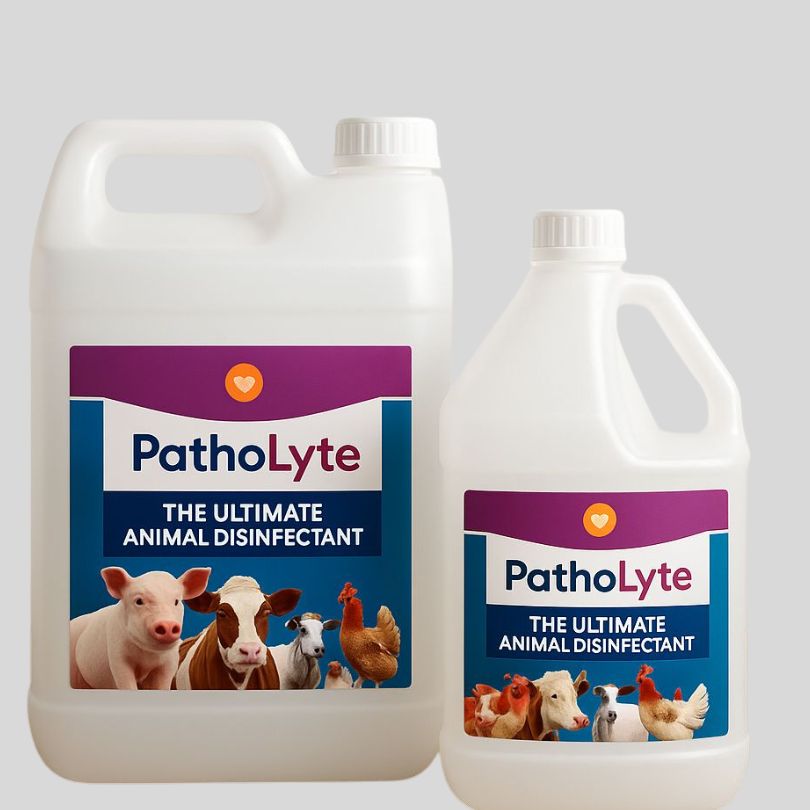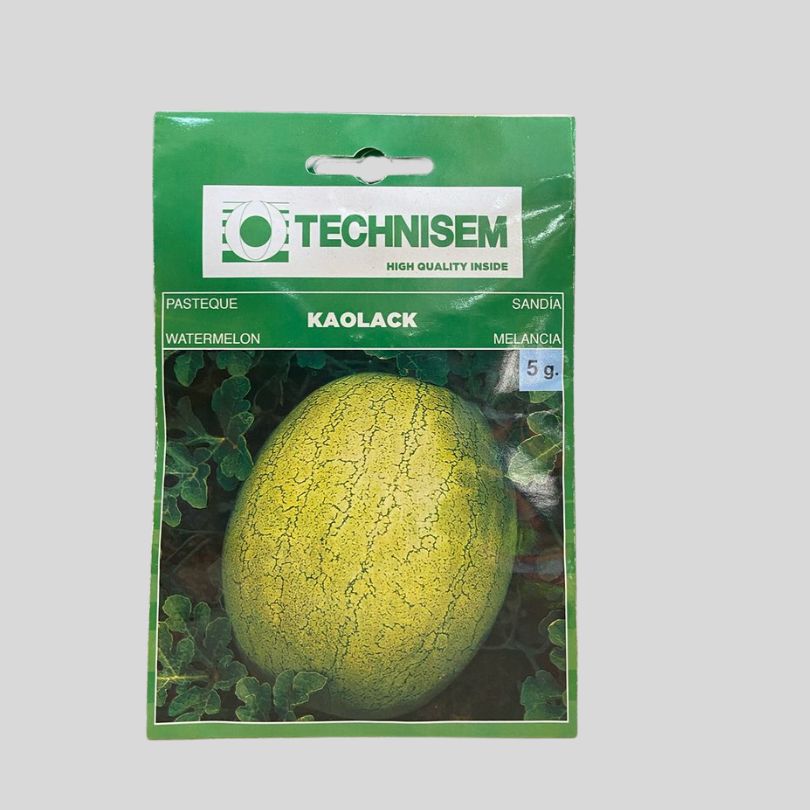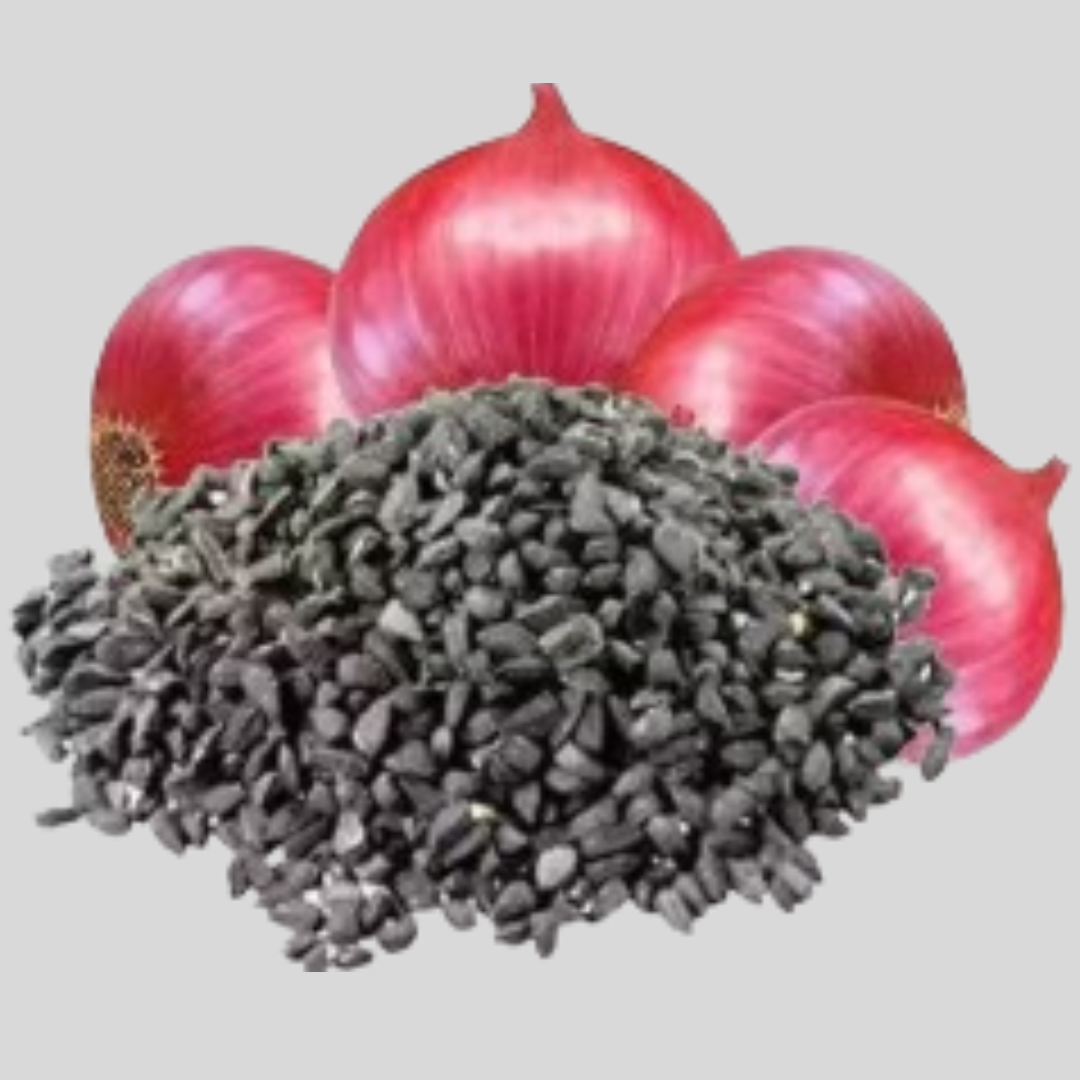Description
A tiller is a vital agricultural tool used primarily for soil preparation before planting. It is designed to break up, loosen, and aerate the soil, making it easier to plant seeds and ensure healthy crop growth. Tillers are especially useful for eliminating compacted soil, uprooting weeds, and mixing in compost or fertilizers to enhance soil fertility. They are commonly used in farming, gardening, landscaping, and horticulture.
The core function of a tiller is achieved through its rotating blades or tines, which are attached to a rotating shaft. As the shaft turns—either by a motor in standalone models or through the power take-off (PTO) of a tractor—it drives the tines into the soil, churning and mixing it. This mechanical action significantly reduces the need for manual labor and improves the efficiency and consistency of soil preparation.
There are different types of tillers depending on their design, size, and power source:
Hand-operated or walk-behind tillers are typically used in small gardens or plots. These are powered by small gasoline or electric engines and are suitable for light-duty soil work.
Tractor-mounted rotary tillers are much larger and designed for commercial farming. They are attached to the rear of a tractor and powered through the PTO shaft, allowing them to cover wide areas quickly and with consistent depth and intensity.
Front-tine and rear-tine tillers refer to the positioning of the tines relative to the wheels. Front-tine tillers are easier to maneuver in tight spaces but less powerful, while rear-tine tillers are heavier, more stable, and ideal for tougher or larger areas.
The benefits of using a tiller in agriculture include:
Improved soil texture and structure
Enhanced water penetration and root development
Efficient mixing of soil amendments
Weed removal and pest disruption
Reduced labor and time in field preparation
However, tillers must be used with care. Over-tilling can lead to soil erosion, compaction below the tilled layer (a condition known as hardpan), and the breakdown of soil structure. As a result, farmers often use tillers in combination with other conservation practices to maintain soil health.
In summary, a tiller is an indispensable piece of agricultural equipment that plays a crucial role in preparing the soil for planting, improving field conditions, and boosting overall productivity in crop cultivation. Its versatility, ease of use, and effectiveness make it a foundational tool in both small-scale and commercial farming operations.
